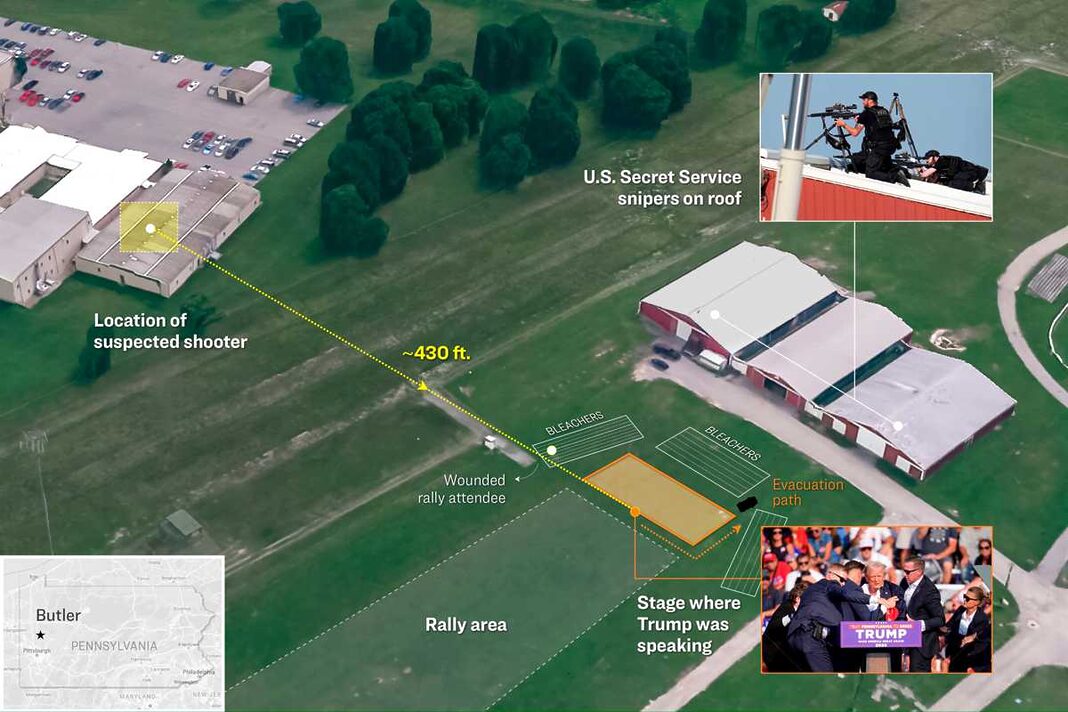
In a post-Beryl lull at Central Florida HQ, pilots and standby crews prepare for the next ‘roller coaster through a washing machine’ mission.
LAKELAND, Fla.—They didn’t need to chase this storm, hunt this hurricane, it was already there—bigger and badder than anything seen before at this time of year, this far out in the Atlantic.
Cmdr. Brett Copare knew he was flying into history on June 30 as he steered the P-3 Orion “Kermit” nose-first into a churning wall of towering thunderheads ringing a 450-mile maelstrom that was but a radar flyspeck 48 hours earlier.
“Before we got out there, it was already a Cat 4,” he said, recalling being “awe-struck” and thinking, “A storm this big, this fast … this is unique.”
That flight of unwelcome discovery was one of dozens made by National Oceanographic and Atmospheric Administration (NOAA) aircrews in tracking the Atlantic’s first-ever June category 4 and 5 hurricane as Beryl launched its 6,000-mile, two-week romp from Cabo Verde to Vermont.
On his third day of standby July 11 at NOAA’s Aircraft Operations Center (AOC) at Lakeland Linder International Airport in central Florida, Cmdr. Copare pondered lessons learned—and questions raised—by a storm that “happened so fast,” and was unlike any of the 25 hurricanes he’s flown through.
“Typically, when storms form, we see them when they are at their lowest status, a low-pressure disturbance, and monitor as they gear up,” he said. “This was the reverse of what we normally observe.”
On this haze-gray day, technicians calibrate instruments inside two Lockheed WP-3D Orions—modified U.S. Navy submarine chasers—parked on the tarmac under a gauzy sun.
Inside the AOC’s hangars, mechanics tend to a Gulfstream G-4 and De Havilland Twin Otter while in offices above, meteorologists and scientists ferret through data from storms’ past and monitor National Hurricane Center radar for storms to come.
All are set to go at a moment’s notice. And after Beryl’s rapid intensification, all are aware that notice could come any moment.
“Currently, there’s nothing out there,” NOAA meteorologist and flight director Sofia de Solo said. The lull comes after she flew three G-4 Beryl missions in 10 days.
By John Haughey







